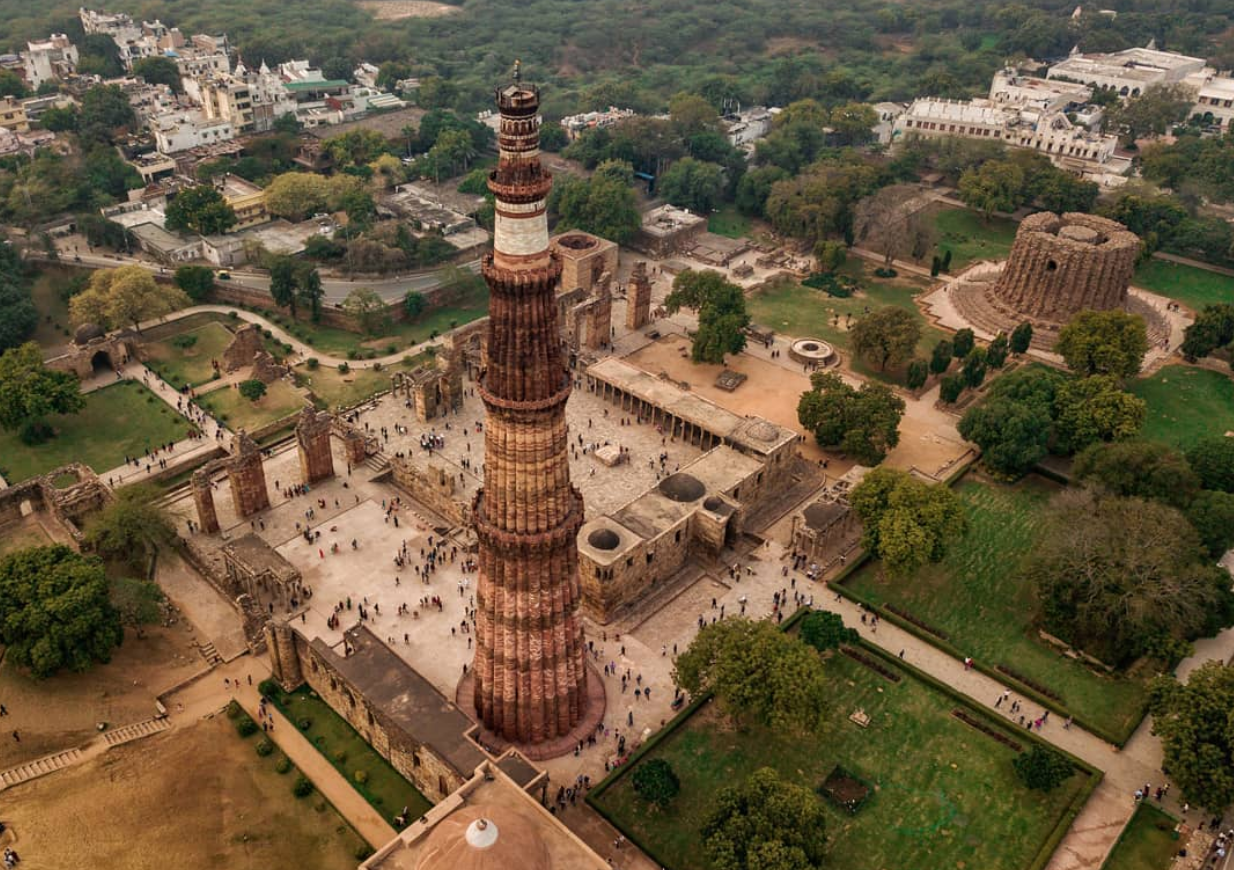Free Courses Sale ends Soon, Get It Now


Free Courses Sale ends Soon, Get It Now



Disclaimer: Copyright infringement not intended.
Context
What’s the issue?
About Qutub Minar
About ASI
https://epaper.thehindu.com/Home/ShareArticle?OrgId=G4P9RMJDL.1&imageview=0
© 2024 iasgyan. All right reserved